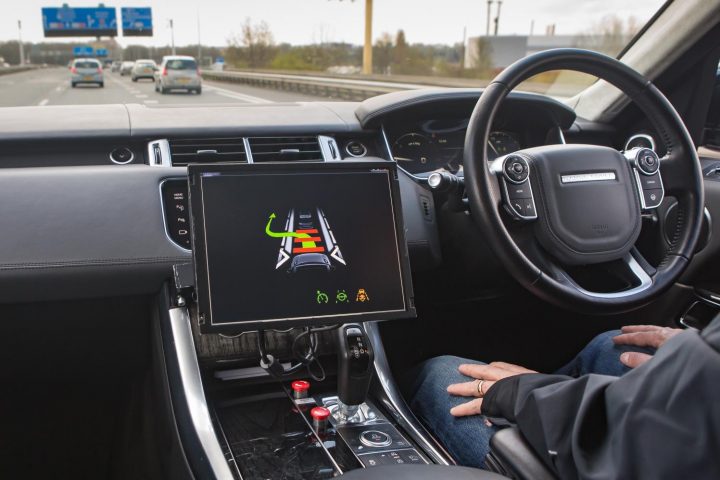Switching a self-driving vehicle between fully autonomous and merely assisted is fraught with dispute and litigation risks – a claims expert from loss recovery firm Corclaim has warned.
It comes after planned changes to the Highway Code – which are designed to provide guidance to the courts and police, and are expected by July – will allow motorists using self-driving vehicles to watch films and television on built-in screens while behind the wheel.

Chris Heitzman, commercial litigation legal director at Corclaim, said, “While having a completely self-driving car is illegal on UK roads, the proposed additional section to the Highway Code is a bid to get ahead of the game in anticipation of the day when automated cars may be legal.
“A move to autonomous driving has the aim to reduce road traffic collisions. However, the ability to switch a vehicle between fully automated and merely assisted is fraught with dispute and litigation risks about whether the driver or the vehicle is to blame in the event of an accident.”
He added, “At present, liability or negligence for a collision generally lies firmly at the foot of the vehicle driver – unless there is some kind of malfunction or other external interference involved. However, in a world of completely autonomous vehicles, there is no driver or, at best, only a user in charge.
“If a car driving itself makes a mistake, it would seem difficult to point the finger of blame at the driver as the machine was at fault. This future state significantly changes the landscape for collision investigations and recovering losses through own damage or third party insurance.”
In January, the Law Commission and Scottish Law Commission published their final report making recommendations for the safe and responsible introduction of self-driving vehicles.
One recommendation was the introduction of a new Automated Vehicles Act, which would draw a clear distinction between features that simply assist drivers – such as adaptive cruise control – and those that are purely self-driving.
Chris went on, “While using non-adaptive cruise control, it is still the driver’s responsibility to be in control of the vehicle. If a queue of traffic appears, it is the driver’s job to deactivate the cruise control and bring the car to a safe stop at the end of the traffic queue. If the driver ploughs into the back of the queue and causes an accident, they are then at fault and negligent.
“Where, however, the car is genuinely self-driving, the position is radically different. The car is not simply aiding the driver, with the driver keeping watch and remaining in control. It is, instead, doing the thinking and controlling of all key inputs that, before self-driving, were down to the driver.
“There is a real risk any driver could be operating a vehicle in the belief they are doing so in a driverless function, whereas in reality, they are required to assume responsibility to take control in particular situations.
“Even still, in a driver-aided vehicle there is a scenario where liability could rest with a driver or vehicle manufacturer – did an incident arise because of driver fault or because of technology failure. Even in the latter scenario, should the driver have taken control and will they still assume liability?”


